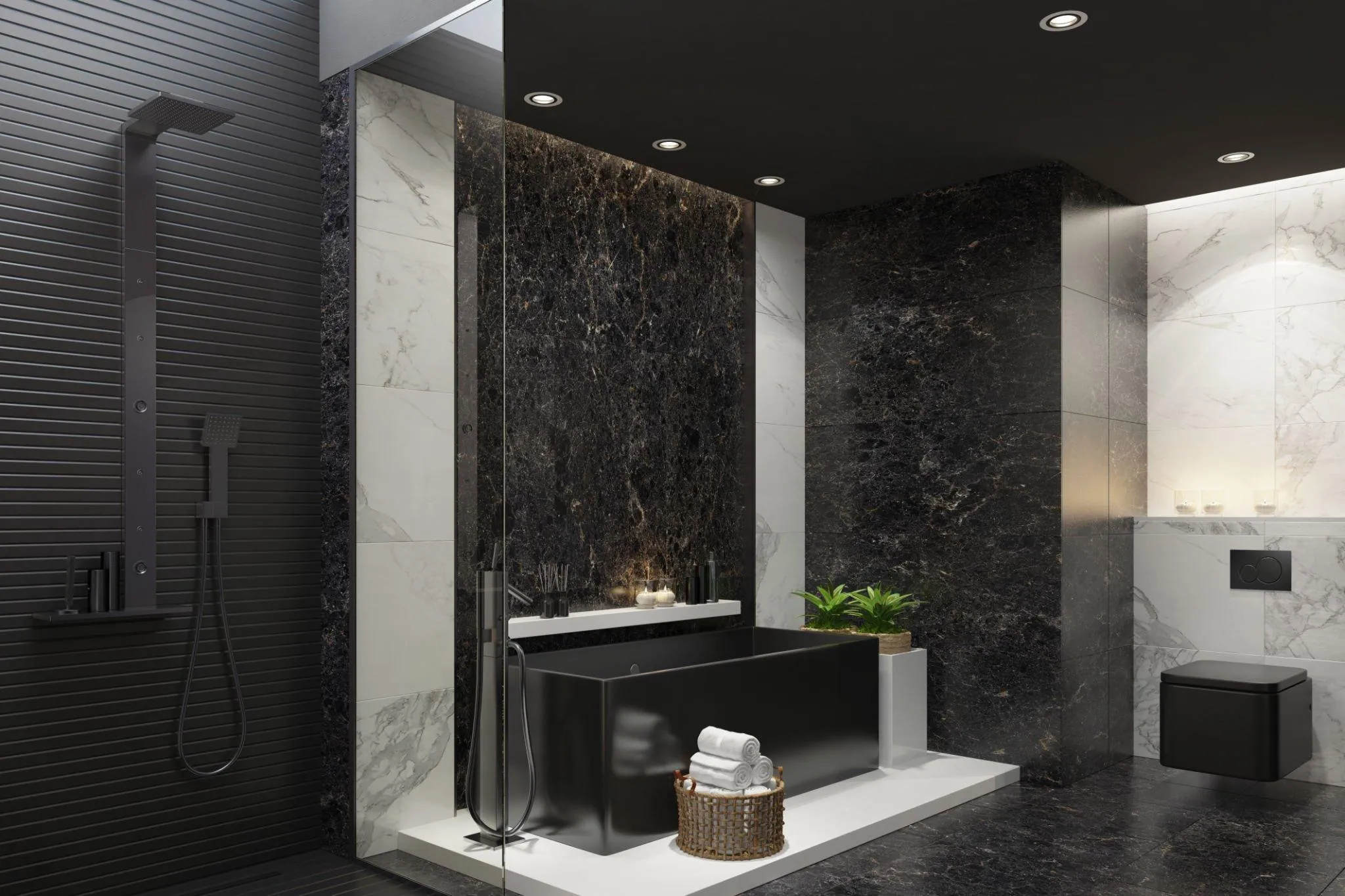Decoding Marble Majesty: Indian vs. Italian Marble in Home Decor [Updated on: March 2024]

In the realm of luxury home decor, marble stands as a testament to elegance and refined taste. Among the plethora of choices available, Indian and Italian marbles dominate the scene, each with its distinct characteristics, quality, and price points. Understanding the differences between these two marbles can significantly influence your decision-making process when it comes to selecting the right marble for your home or project.
Quality: The Texture of Elegance
Indian marble, known for its vibrant colors and beautiful patterns, has a softer and more porous texture compared to its Italian counterpart. This inherent characteristic makes it more susceptible to staining, scratches, and damage, necessitating more frequent sealing to maintain its allure. On the other hand, Italian marble is renowned for its superior quality, marked by consistent patterns, finer grain, and fewer imperfections. Its higher calcite crystal density not only imparts greater durability and hardness but also ensures a smoother finish that elegantly resists stains, scratches, and chips with minimal maintenance. The stringent quality controls and grading Italian marble undergoes ensure that only the finest slabs reach the market, setting a global standard in marble luxury.
Price: The Cost of Beauty
Italian marble, synonymous with luxury, commands a price that can be 2 to 5 times higher than that of good quality Indian marble. Factors such as higher labor and production costs in Italy, the rarity of certain patterns, and strict grading and export quality standards contribute to the premium pricing of Italian marble. Additionally, being priced in stronger currencies further widens the gap in cost when compared to Indian marble, which benefits from local production and a large domestic market that keeps its prices more accessible and stable.
Characteristics: The Visual Feast
The visual differences between Indian and Italian marbles are stark. Italian marble often features a brighter white base with consistent veining, offering a variegated look in some variants like Calacatta, which is prized for its bold veining and gold highlights. In contrast, Indian marble tends to exhibit a warmer, off-white tone with more random veining, offering a different kind of aesthetic that suits a range of decorative styles. Moreover, the denser and fine-grained structure of Italian marble allows for a smoother, shinier polish that reflects light more effectively, enhancing the overall luminosity of spaces adorned with it.
Choosing Between Indian and Italian Marble
Deciding between Indian and Italian marble boils down to balancing aesthetics, functionality, and budget. For those seeking unmatched beauty, durability, and a touch of opulence, Italian marble remains the unparalleled choice. Its prestigious appeal and timeless elegance justify the investment for many. Conversely, Indian marble offers a cost-effective alternative that brings its own unique charm and warmth to interiors, suitable for those who value aesthetics alongside practicality and budget considerations.
In summary, whether you lean towards the majestic allure of Italian marble or the vibrant versatility of Indian marble, both choices can elevate the decor of your space. Understanding the nuances in quality, price, and characteristics of these marbles will ensure that your selection not only complements your design vision but also stands the test of time, embodying the essence of luxury living.
Interested in buying a property?
Leave your details – we’ll call within 5 minutes.
Comments
No comments yet. Be the first!